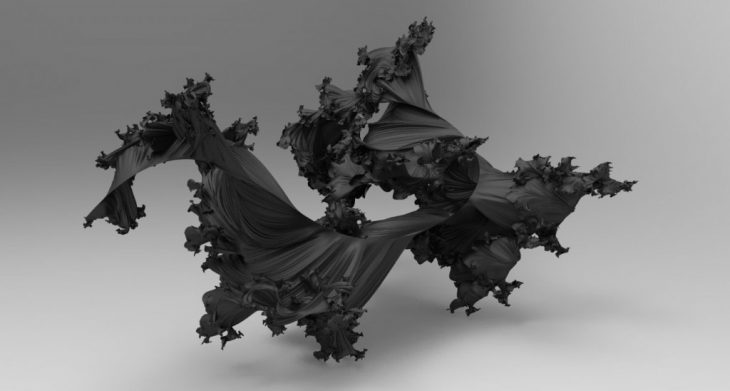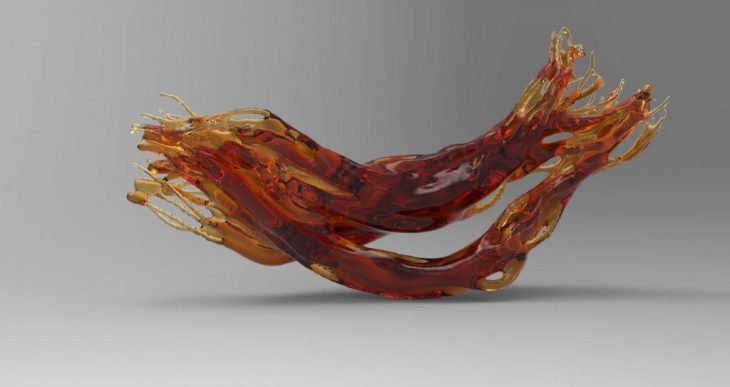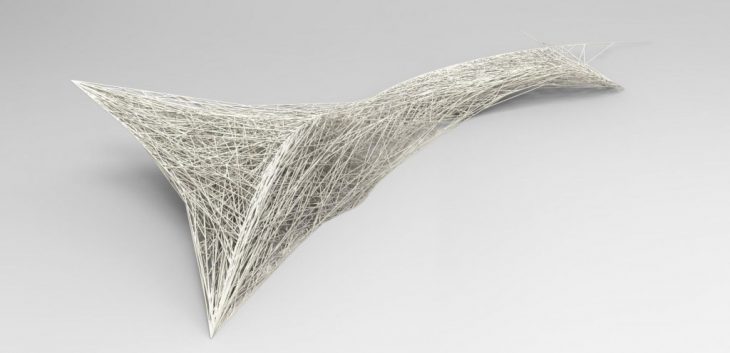IAAC – Master in Robotics and Advanced Construction
Software I
Faculty: Ján Pernecký
Faculty Assistant: Eugenio Bettucchi
SOFTWARE I SEMINAR

Credits: Subdigital
The bottom-up generative approach requires a thorough understanding of its conceptual, social, and aesthetical implications. The role of an architect shifts: the computational designer operates on an abstract level, designs methods and rules, predicts situations and eventually curates and selects from a series of equally valid results. Even though the generative processes are highly automated, they are deterministic rather than random and are driven by reliable data.
The course will cover the basic notions of computational design and reveals the main differences from the conventional methods of architectural creation. We will discuss the abstraction as the crucial part of the creative method, design based on data, emergence and complexity as the highest value, non-linear design and fabrication as a viable option for production of mass-customized series.


Credits: Subdigital
We will delve into iterative methods, when the design develops in time, matures in gradual approximations and stabilizes by self-organization. We will discuss the principles of complex systems, understand their need for constant instability and grasp the notion of agent-based systems and compare them to cellular automata. We will then ease into simple iterative additions and subtractions.
We will eventually shift towards fabrication-oriented materialization through discrete assemblies. We will start with the simplest discrete elements – voxels, go through multi-element aggregates to the issue of decision-making during iterative aggregation and non-linear assembly and fabrication. We will discuss various attempts to discrete aggregation, from simple growth algorithms, through diffusion limited aggregation to wave function collapse.

Credits: Subdigital
Learning objectives
It is inevitable to fully grasp the potential and limitations of the vibrant discipline of computational design. Therefore the course pays equal attention to the theory reasonably explained on examples, as well as to the practical exercises building the necessary skills.
The core tool used for the course will be Grasshopper, a computational extension of Rhinoceros. The methods and approaches will preferably use vanilla (with no or few plug-ins) Grasshopper, so that all the principles are being transparently explained and understood. This way the students will build a sound foundation in both the computational skills and conceptual thinking.
We will focus onto two hot topics of the contemporary computational design:
- Iterative methods, swarm simulations, growth, approximative data processing.
- Discrete materialization
With the first one we will generate abstract informed spaces and rough geometries, with the second one we will briefly examine possibilities of their materialization from elements that can be fabricated and assembled by robots and other digital fabrication tools.